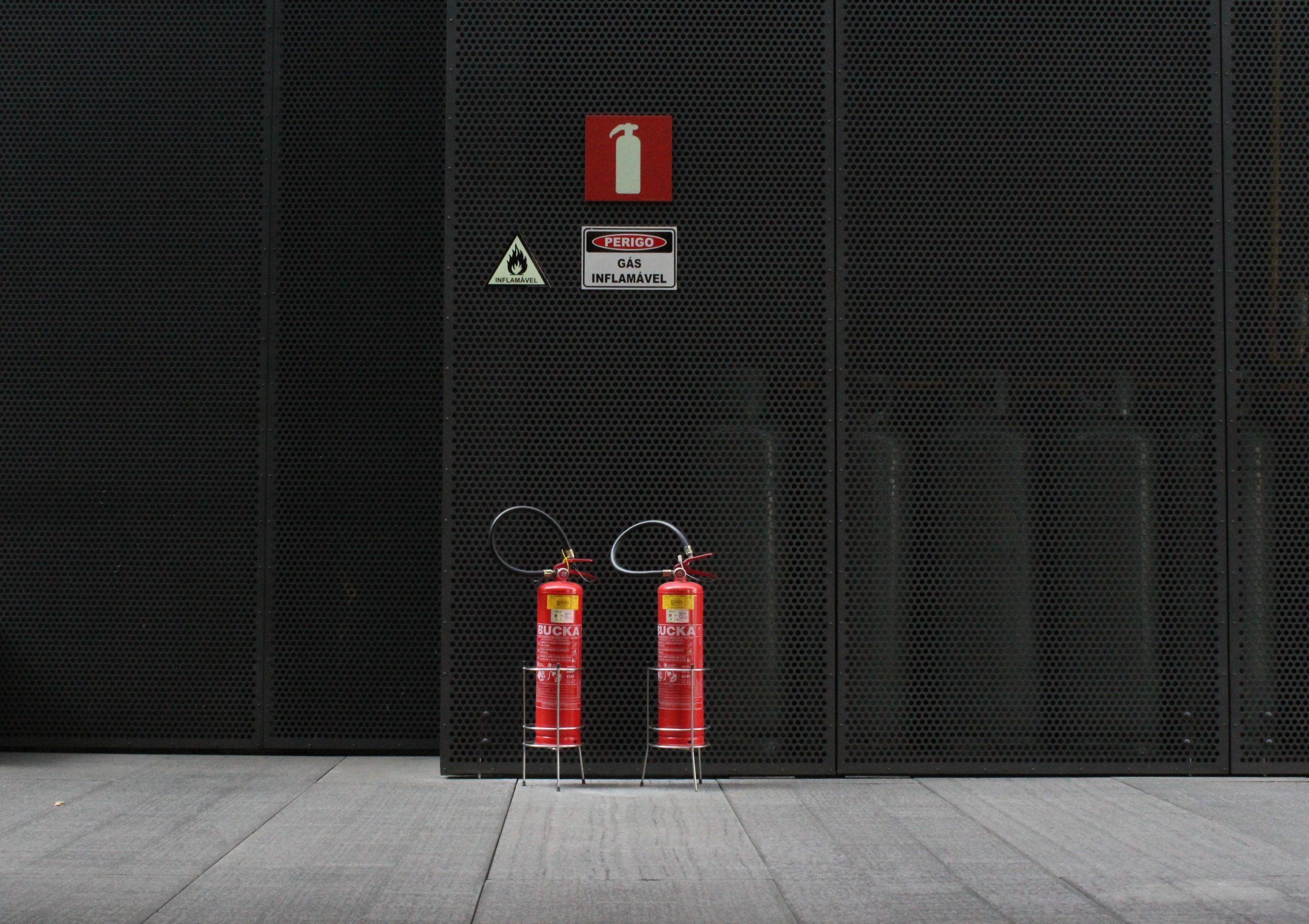Sydney fire safety is more than simply checking boxes. The Annual Fire Safety Statement is an essential part of the process. It does more than meet the legal requirements, but also demonstrates the building owner’s commitment and commitment to security. The Annual Fire Safety Statement (AFSS) is the foundation of the system. It not only meets legal requirements, but also displays a building’s commitment to safety and responsibility.

Why the Annual Fire Safety Statement Exists
The requirement for an annual Fire Safety Statement Sydney was not originally designed to be an exercise that could be done on paper. The requirement was formulated because, no matter how good a fire protection system is designed, it will only work if it is regularly maintained, tested and certified. Although it may appear that a sprinkler system installed just a decade ago is operating perfectly, but it will not perform in an emergency situation in the event that the system isn’t checked.
The AFSS requires that property owners must prove, at minimum every year, their fire safety measures, ranging from alarms to hydrants to lighting for exits, meet the original standards set by the Building Code of Australia. This is more than just an inspection. It’s an open declaration that lives are safe and that the structure can endure a catastrophic event.
The difference between AFSS and Fire Safety Certificates
Many owners mistake their annual statements with the Fire Safety Certificate, but their functions differ. The certificate is provided when the installation of a new system takes place or when major changes are completed. It’s a proof that new measures comply with the regulations prior to the building being used or being rented. The AFSS On the other on the other hand, is later. It’s a responsibility that is repeated which proves that the same systems remain in compliance with the requirements each year following installation.
They create a protection cycle when they are used together: the certificates verify that security systems were properly installed, and the annual statements verify that the systems are maintained over the lifetime of the building. Failure to complete either of these steps weakens the entire system of protection.
The responsibility entrusted to building Owners
One of the most distinctive aspects of the AFSS procedure in New South Wales is that it imposes ultimate responsibility on the property owner. The AFSS system is distinct from other compliance systems that allow problems to be classified as major and minor. If even one element fails the entire report cannot be validly issued.
This means that owners must take an active role. To keep deadlines in mind, they should schedule inspections, engage certified professionals, schedule repairs, and send documents to the council. These councils, as well as strata landlords, are also accountable for coordinating with tenants, contractors, insurers. This structure, although difficult however, is designed to make sure that safety is not affected or delayed.
The Impact of AFSS on Sydney
The AFSS exceeds the scope of legal compliance. The most recent fire safety declaration is usually demanded by tenants when they make a decision on whether or whether to lease a space. Insurance companies will also require this document before finalizing the insurance coverage. A current annual fire safety statement can therefore affect the value of a property as well as tenant confidence as well as insurance premiums.
It provides councils with confidence in the surveillance of the thousands of buildings in Sydney. Fire authorities will be able to reduce the risk of fire by making sure that systems function in the event of a real emergency. The AFSS doesn’t just safeguard individual buildings, but also helps to make a city more secure.
Conclusion: AFSS as a Standard of Trust
It may appear as an administrative burden, however the annual Fire Safety Statement Sydney is actually a trust standard. It shows that the fire safety measures are not just left to chance. It also proves that the equipment is trustworthy and that building owners bear the responsibility of their residents health and well-being. When paired with a fire safety certificate, it completes a system that verifies both the installation and the ongoing performance of critical safety measures.
The lessons for property owners are obvious: AFSS is much more than a mere deadline. It’s a commitment to security, accountability, and community trust. In the fast-growing urban sprawl of Sydney where a lot of people rely on safe and compliant buildings, that dedication is what truly makes the AFSS an invaluable resource.
